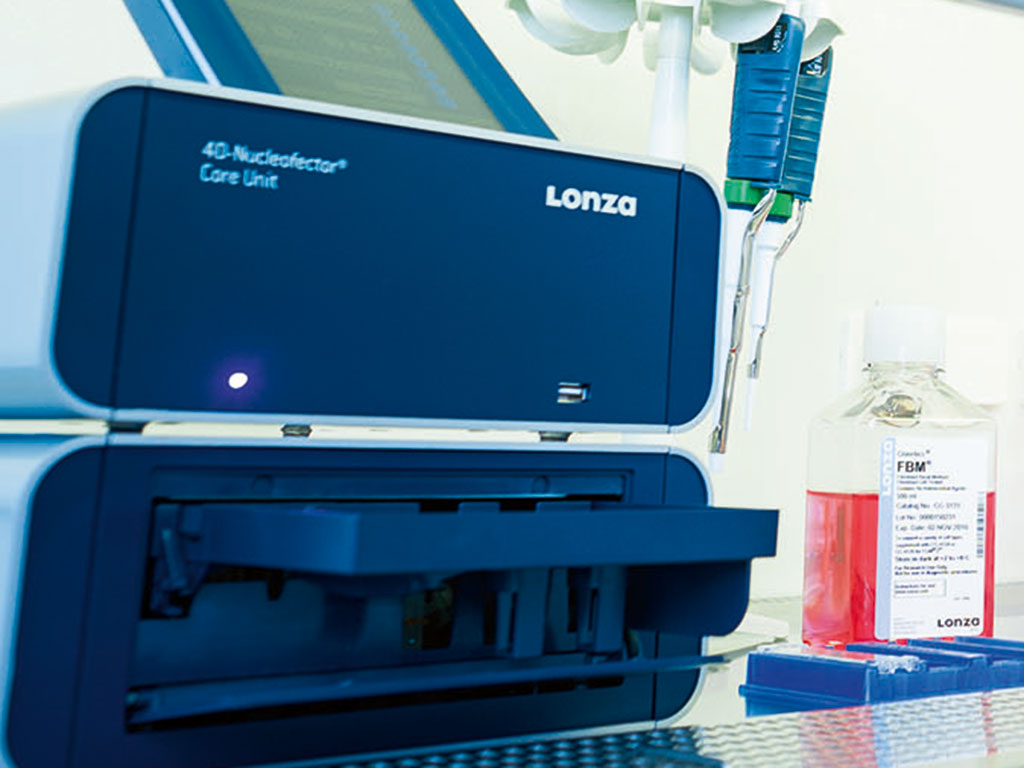During checking for CRISPR in literature we stumbled over the following interesting topic:
CRISPR/Cas9-Based Gene Engineering of Human Natural Killer Cells: Protocols for Knockout and Readouts to Evaluate Their Efficacy
Since NK cells become more and more popular for their role in cancer therapy we decided to make you aware of this article focusing on technical points such as their transfection as well as assay readouts for genome editing experiments.
The authors Lambert et al bring light to the research of NK cells done in the past and how this cell type can be used with the help of the CRISPR/Cas9 technology from a huge number of research teams working on different topics.
Since mid of 1970s NK cells were often described as a tumor killing cell type by acting as part of innate immunity. Following several studies, it is now known that this special cell type is playing an important role not only by destroying tumor cells but also when the human body seems to be challenged with bacterial and viral infection and also in the regulation of immune responses.
This review outlines features of the cells in great detail (such as their function in physiological and pathological conditions) and also points out their potential utilization in treatment of cancer or tumor patients. However, to overcome some limitations e.g. long-term presence at tumor site in vivo it might be helpful to genetic engineer these cells by the help of the CRISPR/ Cas9 technology. This book chapter outlines an overview about methods, protocols and results done in the past and a new approach of specific genomic modification by introducing Cas9 RNPs into the cells. The authors hand over a precise protocol about the transfection of primary human NK cells by using the 4D-Nucleofector® Device. In their model, they genetically engineered the NK cells by knocking out the CXCR4 gene. The engineered cells showed reduced CXCR4 expression and thus reduced migration upon specific chemokine stimulation. All CRISPR materials (crRNA/ tracrRNA, Cas9 protein) are used from IdT (integrated DNA technology) a company which referred on their website to start with the cell type –specific optimized protocol using the Nucleofector® Technology. In this case, the optimized protocol for human NK cells is not yet available but they come up with the primary solution P3 and program CM-137 as their favorite conditions for the 4D-Nucleofector® Device. With this set up they tested the efficacy of the CRISPR/Cas9 genome editing tool in human NK cells and propose this protocol as a valuable approach for developing NK cells based therapies. Additionally, this technology enables to learn more about this fascinating cell type in research.
Please have a look at the chapter and the detailed description of the protocol. I am sure we are not the only one who find this interesting?
Written by
Gabriel and Elke
Scientific Support Specialist

